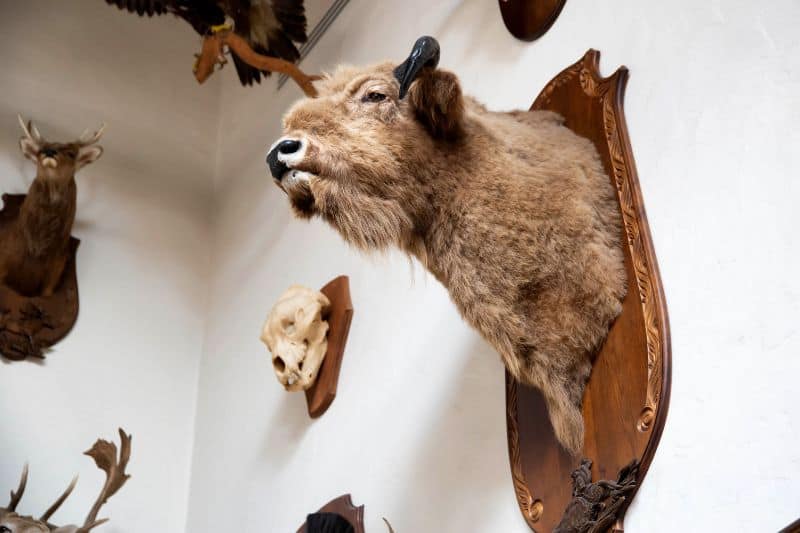When out in the wild, we encounter different animals, the majority of which have parts that we might want to extract.
Unfortunately, the process requires harming or even killing the animal for its skin, horns, head, claws, or other parts. It is not a good practice, although it is still practiced for some perceived and personal benefits.
In this article, we will dig into trophy hunting, clearly exploring its benefits and the amazing facts associated with it. Let’s dive right in!
What Is Trophy Hunting, Anyway?
Basically, trophy hunting is the killing of animals, usually wild animals, for pleasure, display, or bragging rights.
When the animal is hunted, the trophy hunter will usually carve out the targeted part(s) and leave the rest of the animal. The practice, therefore, results in the death of the animal and the loss of its parts for display as a trophy.
Is Trophy Hunting Helping or Hurting Conservation Efforts?
Convincingly, trophy hunting hurts conservation efforts. Most animals are endangered and are the prime targets for poachers or trophy hunters, making it one of the practices frustrating conservation efforts.
Some people will tend to pay huge sums of money so that they can get the chance of killing the animals and bagging their trophies.
A few years back, for instance, a Texas millionaire paid $350,000 and won a bid to hunt and kill one of the last remaining black rhinoceroses in Namibia. Although the bid was advertised by the country’s Ministry of Environment and Tourism, it led to uproar seeing that black rhinos are critically endangered, with about 5,000 of them remaining on the planet.
Benefits of Trophy Hunting
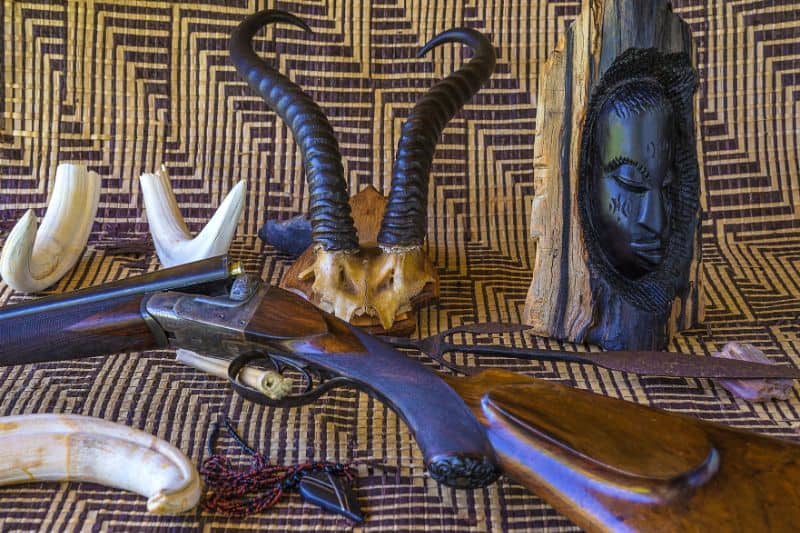
Although trophy hunting doesn’t sound like a good practice, it still comes with a few advantages to it.
Let’s examine some of the common benefits it brings:
1. Conservation Hunting
Conservation hunting is a process where hunting down an animal is sanctioned by authorities, for the preservation and betterment of the pack. The story of the Texas millionaire who hunted down a black rhino in Namibia is a prime example of conservation hunting.
The animal, according to the nation’s Ministry of Environment and Tourism, “was too old to breed but so aggressive that it had already killed calves, cows and other male rhinoceroses in a jealous rage”.
Conservation hunting offered hunting opportunities for a fee, which is then used for the conservation. The hunter, in turn, can either opt to leave the animal with the park or collect it as their trophy.
2. It Benefits a Country, Financially
Trophy hunting is a hotly contested activity, majorly witnessed in sub-Saharan Africa, which is rich in wildlife. Some countries, technically, still allow for trophy hunting, which occurs at a fee, although how the finances are used is up to the concerned government itself.
Trophy hunters will also leave money to the economy through accommodation, food, clothing, and the purchase of hunting equipment. In South Africa, for instance, trophy hunters inject about $250 million year
3. It Contributes to Taxidermy
In case you’re wondering what Taxidermy is, it’s the art of preserving the body of an animal through mounting or stuffing, intending to display it, or for study. The art is practiced by professionals, amateurs, hobbyists, and hunters, and makes up a large part of what is in our museums.
Trophy hunting contributes to taxidermy, which in turn is used to record species, including those that are extinct and threatened. It also serves to educate, especially the young ones on animals and their parts.
4. Trophy Hunting Could End Poaching
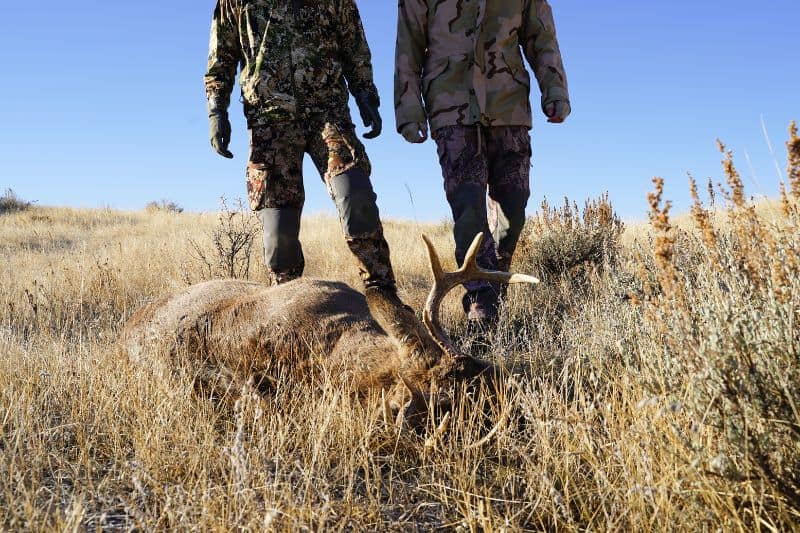
Both poaching and trophy hunting are cruel ways of taking out animals. However, trophy hunting might be sanctioned by a park or government, while poaching is purely illegal.
If trophy hunting is advocated for controllably, it can provide incentives to end poaching. Governments would only allow for the killing of certain animals after the killers pay for it.
This will make poaching, an avenue that does not generate the government any money, all the more illegal and harder.
5. It Controls the Animal Population
In an ecosystem, each animal depends on the other. For instance, an antelope will feed on grass, and a lion will eat the antelope. When the lion dies, it decomposes and provides better grass for more antelopes to feed on. It is a continuous loop that should never stop.
What if there are more lions than antelopes? The process halts and many will starve. Trophy hunting, therefore, helps keep the animal population in a perfect equilibrium to prevent some members of the food chain from becoming extinct.
6. It Could Fund Conservation Purposes
In most African countries, conservation is significantly underfunded. Allowing for trophy hunting means the government will be generating some money so that some animals are taken care of. The money will then be used to fund conservation efforts in said country.
7. Trophy Hunting Creates Conservation Incentives
Trophy hunting’s biggest competitor is ecotourism. The former takes out some animals while the former allows for tourists to come and see said animals. In places where ecotourism is not viable, trophy hunting will most likely help out by creating conservation incentives.
8. It Can Benefit Local People
When done properly, trophy hunting can benefit local people, through employment, availability of money, and, of course, the presence of food in the form of meat. If done correctly, and if the money goes to the right people, it will create incentives for the locals to tolerate wild animals without killing them.
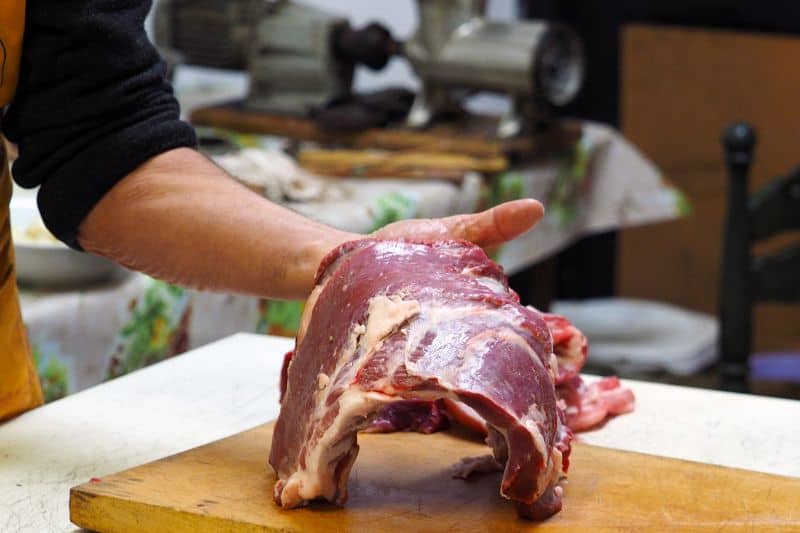
Amazing Facts of Trophy Hunting
Now that you understand the benefits of trophy hunting, here are some of the amazing facts you need to know:
1. Some Countries Still Allow Trophy Hunting
Trophy hunting is a hotly contested activity, especially in sub-Saharan Africa, which is rich in wildlife. Some governments like Kenya, have banned trophy hunting in its entirety, while others have left loopholes in their laws.
For instance, South Africa no longer allows the hunting of leopards, while Botswana issued a temporary ban in government-controlled hunting areas in 2014, meaning trophy hunting is still allowed for other animals in South Africa, or Botswana in other non-government-controlled areas.
2. The Number of Animals Killed Each Year is Outrageous
In case you’re wondering about the number of animals directly affected by trophy hunting, the number comes in millions!
That’s right!
It is estimated that trophy hunting takes the lives of 100 million animals, and that’s just in one year. The majority of these kills go unreported, and little is done to curb this
3. Hunting the ‘Big Five’
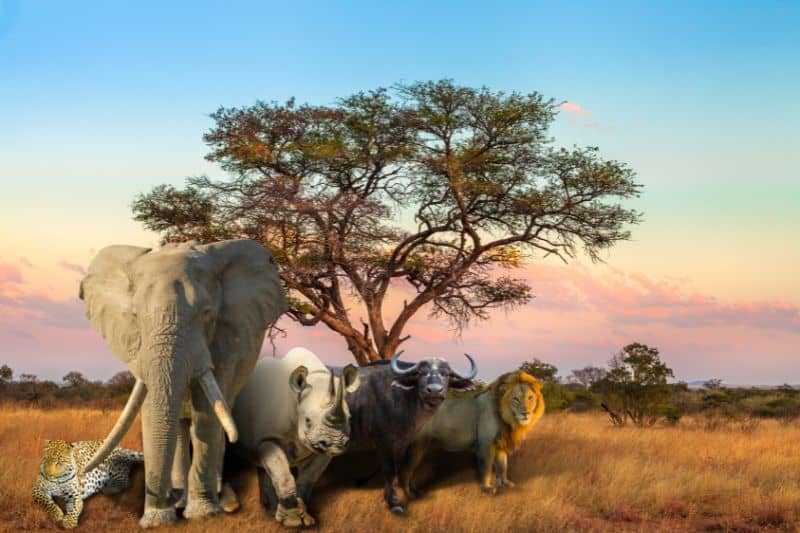
The Big Five animals comprise the lion, elephant, leopard, buffalo, and rhinoceros. The term was used by early game hunters and was coined to refer to the top 5 animals that were the most difficult and dangerous to hunt on foot in Africa.
True to their explanation, they are the five most difficult animals to hunt on foot in Africa, and it is not only because of their size but because of how dangerous and difficult it is to track and hunt them. Out of the five, only the buffalo is not endangered.
4. There Are Rules for Trophy Hunting
Despite the practice seeming cruel, it is also guided by some code. For instance, in 1934, white hunters in Kenya established the East African Professional Hunters’ Association, which regulated hunting.
This association banned shooting nearly all female animals and shooting animals at water holes or near vehicles. The code did not eliminate hunting, it just guided the practice. It also applies that the code guided hunting animals for trophies
5. You Can Get Paid for Trophy Hunting
Safari Club International offers a competition where winners are awarded, for killing animals such as elephants, ringed-horn antelopes, leopards, rhinos, moose, wild sheep, and many others.
Safari Club International glorifies a culture of death, so much so, that they hold extreme killing derbies celebrating hunting down The Big Five. Hunting exotic animals in the US is also celebrated and hunters could earn as much as $6,500 per head.
6. Some Great World Leaders Are Trophy Hunters
It is sickening to learn that some of the greatest world leaders are or were trophy hunters. Former US President George H. W. Bush, former Vice President Dan Quayle, and Retired Gen. Norman Schwarzkopf Jr. were members of Safari Club International.
Other famous people who have participated in trophy hunting include the former King of Spain, Juan Carlos I, the CEO of Godaddy.com, Bob Parsons, Jimmy John’s founder and CEO, Jimmy John Liautaud, and President Donald Trump’s sons, Donald Jr. and Eric, among many others.
7. Not All the Money Benefits the Country or Its People
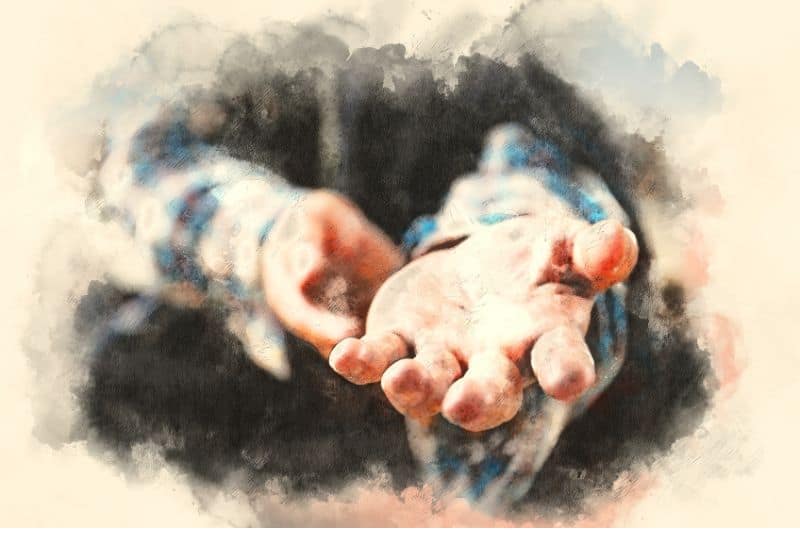
The monetary contributions from trophy hunting do not always directly benefit local communities or the government. A notable example is Dr. Palmer, a trophy hunter who gained notoriety for fatally shooting Cecil the lion at Hwange National Park in Zimbabwe in 2015.
He paid about $54,000 to hunt the animal but reportedly, none of it was received by the government, conservation centers, or the community as the hunt was illegal. The animal ended up dead, the hunter paid a lot of money, and it was never received.
8. Rise in Popularity
Despite the practice going back decades, and many countries publicly fighting it, its popularity soared in 2015 after the killing of Cecil the lion. People took to social media, angry about the animal’s killing, and raised awareness about the practice.
9. CITES Does Not Prohibit It
The Convention on International Trade in Endangered Species (CITES) is the international service that protects and declares certain species as endangered. However, it does not explicitly ban, prohibit, or outlaw trophy hunting, even that of animals on its Red List which are on the verge of extinction
10. Threats to Lions
Lions face four major threats, which are habitat loss, human-lion conflict, loss of prey base, and trophy hunting. They are the four major threats that could likely drive lions on the Red List on CITES.
11. The Cost of Hunting Lions
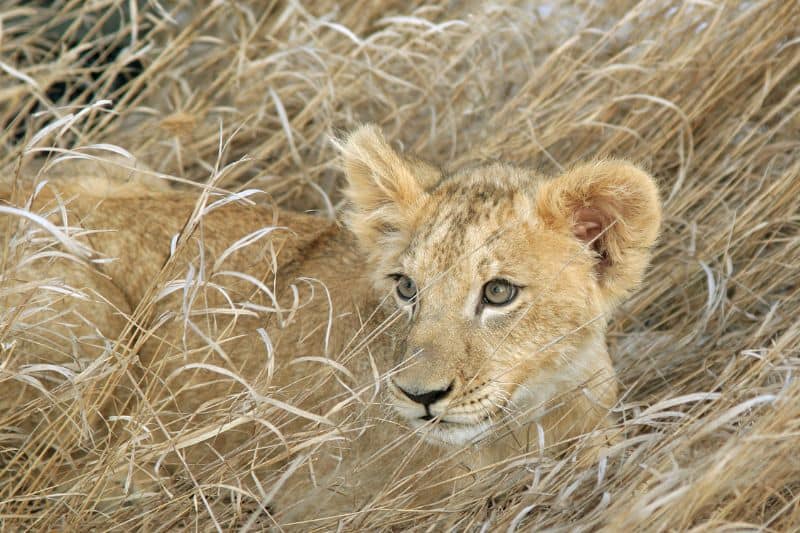
While the cost of hunting different animals differs, that of hunting just a 21-day-old lion is as much as $100,000!
12. Some Countries and Their Laws
As already mentioned, Kenya outrightly banned trophy hunting in 1977. Malawi and Costa Rica have also banned trophy hunting, with offenders in Costa Rica being fined up to $3000 or facing imprisonment.
On the flip side, South Africa, Benin, Zimbabwe, Tanzania, Burkina Faso, Mozambique, and Zambia allow trophy hunting, although South Africa and Namibia allow the trophy hunting of The Big Five only.
Uganda and Ethiopia allow for the hunting of exotic species with limited distribution. In the UK, Montenegro, Australia, Belarus, New Zealand, and Cambodia, trophy hunting is allowed as long as you adhere to the set rules.
13. The Interesting Case in Botswana
In 2014, Botswana had banned the practice of hunting endangered species. However, they lifted the ban, mainly because the number of elephants had grown to more than 130,000 which was more than any other country, and subsequently, they were destroying crops and posed a threat to the people.
References:
